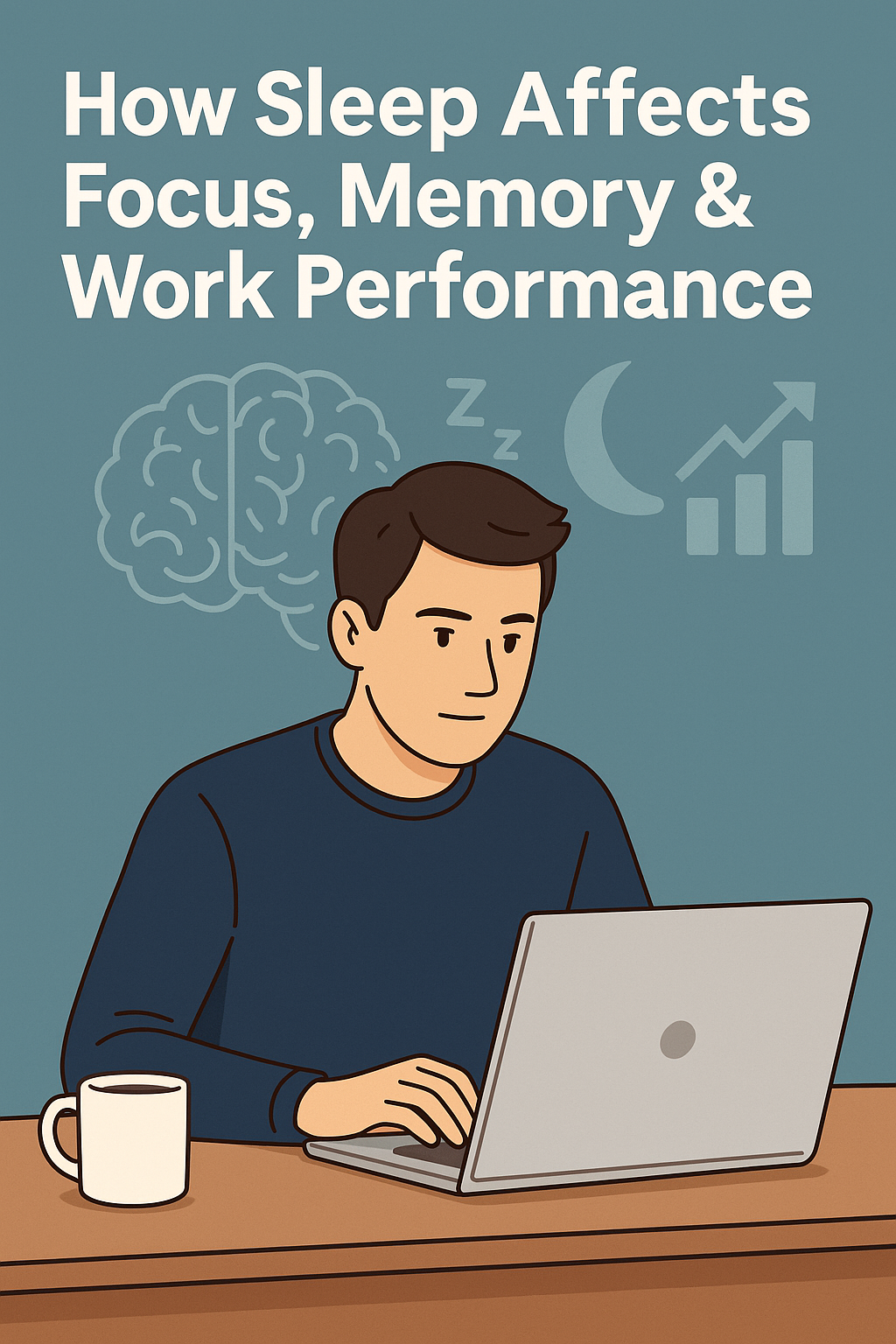What Are Sleep Cycles?
Sleep is not a single, continuous state. Instead, it’s composed of multiple cycles, each lasting about 90 minutes. These cycles include distinct stages — both non-REM (NREM) and REM — that your brain and body go through while you sleep.
The 4 Stages of Sleep
Stage 1: Light Sleep
This is the transition phase between wakefulness and sleep. It lasts only a few minutes. Muscle activity slows down, and you may experience sudden muscle contractions or a feeling of falling.
Stage 2: Deeper Light Sleep
In this stage, your heart rate and body temperature decrease. Brain waves slow down, and eye movement stops. It accounts for about 50% of your total sleep time.
Stage 3: Deep Sleep
Also known as slow-wave sleep, this is when your body does the most repair work. It’s essential for physical recovery and immune function. It’s difficult to wake up from this stage.
Stage 4: REM Sleep
This is the stage where dreaming occurs. Your brain activity increases, and your eyes move rapidly. REM sleep supports learning, memory, and mood regulation.
Why Sleep Cycles Matter
- ✅ Better energy: Waking up at the end of a sleep cycle (rather than the middle) helps you feel more refreshed.
- ✅ Mental clarity: REM sleep plays a vital role in cognitive functions and memory consolidation.
- ✅ Physical recovery: Deep sleep repairs tissues and strengthens the immune system.
How to Support Healthy Sleep Cycles
- Stick to a consistent sleep schedule (even on weekends).
- Avoid caffeine and heavy meals before bed.
- Use a sleep tracker or smart alarm to avoid waking during deep sleep.
- Keep your bedroom cool, dark, and quiet.
Final Thoughts
Each night, your body goes through several sleep cycles that restore your mind and body. By understanding and supporting these cycles, you can improve sleep quality, boost energy, and enhance your overall health.



